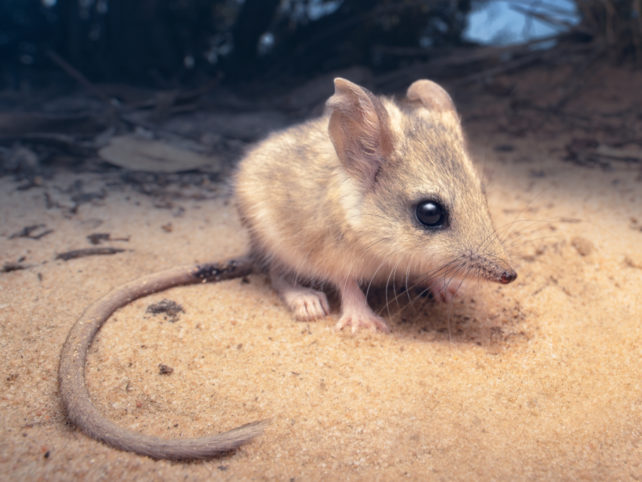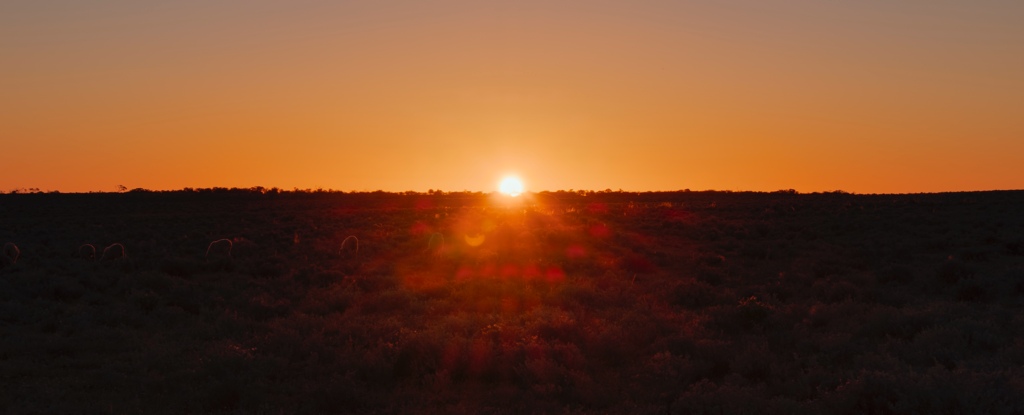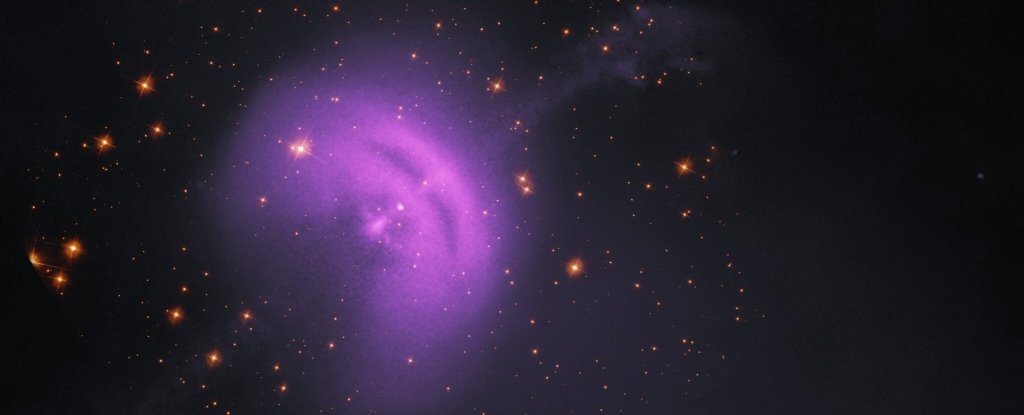Living in an arid region is a precarious business. Harsh conditions make it difficult for plants to grow, This means that each sprout and leaf is all the more valuable, even if they are dead and decaying.
A new study conducted at Boolcoomatta Station Reserve in the outback of South Australia has shown how important vegetative remains are to the sustenance of a desert ecosystem – and uncovered an unintuitive alliance between termites and dingoes.
“Much of the research in arid ecosystems has focused on the green food webs that follow ‘boom periods’ triggered by large precipitation events,” says Conservation biologist Mike Letnic from the University of New South Wales (UNSW).
“These ‘boom periods’ see spectacular growth and flowering of desert plants and increases in the populations of many animal species that feed on the growth, such as herbivores and rodents. Drier periods are much less exciting and consequently have attracted less attention.”
But these dry seasons are important because they dominate life in arid environments.
The researchers in this outback study compared control plots, where large herbivores like kangaroos and the occasional goat grazed freely, to an acre of fenced-in enclosures where the voracious vegetation eaters were kept out.
In doing so, UNSW ecologist and lead author Baptiste Wijas and colleagues uncovered the impact of large herbivores on brown food webs.
Brown food webs are those in which the primary food source is decaying vegetation rather than live plants. This decaying plant tissue is converted back into food energy for the rest of the web when consumed by detritivores such as termites and worms, which are food for small vertebrates.
Brown webs are found in most habitats, but their effects can be more evident in areas with fewer resources, such as arid regions and deserts.
Researchers found that plots exposed to overpopulation of kangaroos and feral goats had lower levels of decaying plant matter and living vegetation. This triggered a cascade of reactions across the web.
“We found that less dead biomass from overgrazing by herbivores can lead to a reduction in termites,” explained vijas
“Fewer termites, the main decomposers in these environments, could ultimately lead to a reduction in the numbers of lizards and small mammals in arid ecosystems, as many of these small vertebrates feed on termites.”
First PhD chapter officially published! Work with @Gra_Fin78 And @mikeletnic shows that grazing by herbivores can significantly reduce termite biomass and also small creatures that feed on these termites (lizards and dunnarts). Read more here: 1/4 pic.twitter.com/bqUiutesOj
– Baptiste Wijas (@BapsWijas) January 30, 2023
These findings are in contrast to studies This happens in more fertile regions where increased herbivory actually pumps up the brown food web and improves the nitrogen cycle.
In the desert, however, since there is already so little plant growth that herbivores devour too much of the vegetation, this means there is not enough leftover to become the dead plant matter that feeds detritivores.
This cascades into fewer small scurrying lizards and mammals Dunnarts – tiny marsupials native to Australia – which feed on the detritivores, and less food for the larger animals like eagles and snakes, which in turn eat the wussels.

That has been a fact for a long time Kangaroos are plentiful across dry Australia. This problem has arisen, at least in part, because a crucial component of both green and brown food chains is missing from the equation: an apex predator.
Humans eradicated dingoes from much of the arid landscape to protect grazing sheep, even going so far as to create a massive 5,600-kilometer (3,490-mile) long Dingo fence in South East Australia.
“Kangaroos thrive in large parts of arid Australia because populations of their main predator, the dingo, have been suppressed. Creating artificial watering holes to provide water for livestock and accidental kangaroos has also helped kangaroos survive through drought periods,” explained Letnik.
The study area is within this fence in the Boolcoomatta Station Reserve, traditionally owned by the Adnyamathanha and Wilyakali, where dingoes are so few that they are classified as “functionally extinct‘.
research around the fence has previously revealed how much the absence of these apex predators can affect vegetation level.
The removal of dingoes from the landscape has resulted in native Australian grasslands giving way problematic overabundantly wooded bush landscapes. This provide coverage of those wild cats and foxes uncontrolled may swoop and devour native endangered marsupials. Excessive grazing has changed the shapes of the sand dunes and the different vegetation patterns can even be seen from space.
Yet unbeknownst to much of the public, culling is becoming one of the most important parts of the arid continent’s natural food webs under the guise of a ‘problem with wild dogs.
Although more work is needed to confirm the results because plot sizes in the study were small and the team did not directly link termite abundance to vertebrate numbers, the new results help build research This shows how interdependent different species are within ecosystems, even those that appear unconnected, like dingoes and termites.
“Our results are among the first to show that in arid ecosystems, where herbivores were excluded, there was greater dead grass biomass. In turn, there were more termites and termite predators within the confines.” closes vijas
This study was published in ecosystems.





